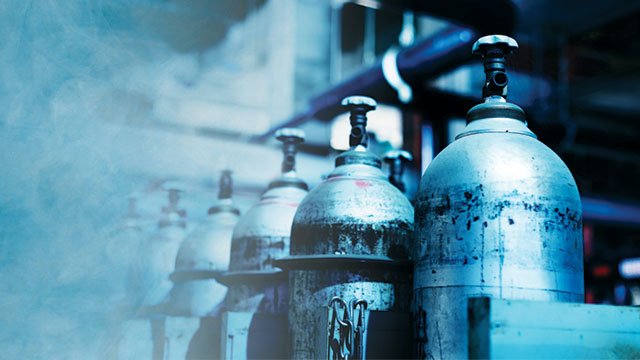Argon, an inert gas belonging to the noble gases group, plays a crucial role in various scientific research applications and laboratory settings. Argon gas cylinders, which contain this colorless and odorless gas, have become indispensable tools for researchers and scientists across different fields. This article explores the significance of argon gas cylinders in scientific research and laboratories, shedding light on their diverse applications and the invaluable contributions they make to advancements in knowledge and technology.
Chemical Properties of Argon
Argon, with the atomic number 18 and symbol Ar, is the third most abundant gas in Earth’s atmosphere. While it is inert and does not readily react with other elements, its unique properties make it an ideal choice for numerous applications in scientific research and laboratories.
Applications in Analytical Chemistry
One of the primary uses of argon gas in laboratories is in analytical chemistry instruments, such as gas chromatographs and mass spectrometers. Argon serves as a carrier gas in gas chromatography, facilitating the separation of components in a mixture. In mass spectrometry, argon is often employed as a collision gas to enhance the precision and accuracy of ion fragmentation.
Welding and Metal Fabrication
Argon gas finds widespread use in welding and metal fabrication processes. Its inert nature makes it an excellent shielding gas, preventing the oxidation of metals during welding. This is crucial for ensuring the integrity and quality of welds, particularly in industries that require precise and clean metalwork, such as aerospace and automotive manufacturing.
Preservation of Sensitive Materials
In laboratories, argon gas cylinders are utilized to create controlled environments for the preservation of sensitive materials. This is particularly relevant in industries like pharmaceuticals and electronics, where materials must be shielded from the harmful effects of oxygen and moisture. The inert nature of argon makes it an ideal choice for displacing air and creating an environment conducive to the long-term storage of sensitive substances.
Atomic Absorption Spectroscopy
Argon gas is also utilized in atomic absorption spectroscopy, a technique widely employed in elemental analysis. In this method, argon is used as a carrier gas for the sample vapor, ensuring that the atomic absorption measurements are accurate and reliable. The inert nature of argon minimizes interference from other gases, enhancing the precision of the analytical results.
Cryopreservation and Cooling
Argon gas is employed in cryopreservation processes, where biological samples, cells, and tissues are stored at extremely low temperatures. Its ability to create a stable and controlled low-temperature environment is crucial for preserving the viability of biological materials over extended periods. In addition, argon is used in cryocoolers for cooling purposes, contributing to the advancement of scientific research in fields like medical science and biotechnology.
Conclusion
Argon gas cylinders have become a cornerstone in scientific research and laboratory applications due to their versatility and unique properties. From analytical chemistry to metal fabrication and cryopreservation, argon plays a pivotal role in advancing our understanding of the natural world and in developing technologies that drive innovation across various industries. As research continues to evolve, argon gas remains a key element, silently supporting the endeavors of scientists and researchers in their quest for knowledge and discovery.

